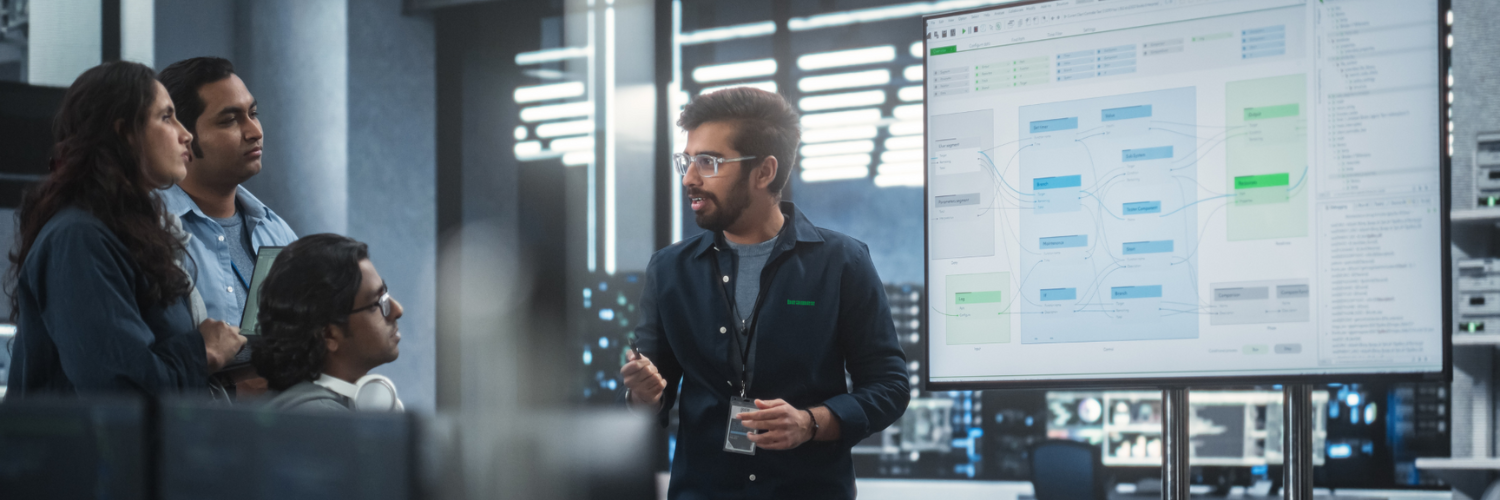
Empathy is an essential element of great customer service. Along with understanding, it’s the most powerful asset for any customer service organization. Putting time and effort into understanding your customer’s business and processes and empathizing with their problems and pain points will put you in a far better position to deliver great customer service.
In this blog post, we discuss the vital role of empathy, understanding, and a human touch in delivering exceptional customer service - before diving into more details about how Beamex Calibration Solutions Group can help you find a better way to calibrate.
Listen to what the customer is saying
Customer service can sometimes feel like a game of table tennis. The customer throws out questions, the customer support contact throws back answers, and on and on (and on) we go. The person in contact with the customer might have the knowledge and the skills, but are they really listening? If the support contact is just interested in shifting the ticket on to someone else or marking it as done, they’re not making the customer feel like they were listened to or understood. This game of table tennis is heading for a frustrating draw where neither side is satisfied and the problem is still there.
Understand and appreciate their needs
When the customer puts their trust in your solution, they need to feel appreciated when you are serving them, right from day one. Even if day one is a Friday. We’ve all been there – it’s Friday and you just want to start the weekend, and in comes a phone call or email with a complicated problem to solve. But it’s Friday for the customer too, and they’re not contacting you because they’re bored; they’re doing it because they genuinely need your help – and they have a right to be heard.
Now the real hard work begins. When you take the time to listen and properly understand what the customer’s situation is, you can work out how critical it is and weigh up the best way forward. Is an immediate solution needed? Or would it be better to take the time to go over the information internally and organize a call on Monday to walk through the problem and ask the right questions, instead of rushing in with poorly planned quick fixes now? This kind of empathy and willingness to cooperate to find a solution can reassure the customer that help is on the way.
Of course, there are no guarantees that you’ll understand everything right away, but you will certainly have a more cooperative and less angry customer on the other end of the line if you give the impression that you are making a genuine effort to understand their situation.
Look for a viable solution, not a quick fix
Customer-facing experts are often dealing with customers working in a busy production environment or process where things can’t simply grind to a halt. When they understand this and empathize with the customer’s problem they can provide useful answers and workable solutions. It makes no sense to look for a quick fix – a solution that might solve the problem but is completely unworkable in regular operation. There are probably many viable paths forward, and a touch of empathy and a healthy helping of technical knowledge can help to identify the optimal solution in both the short and the long term.
Give a human touch in the digital age
In pre-COVID times the world was a very different place. Remote working and remote meetings were far less commonplace, certainly in our line of business. The technical meetings and workshops I was involved with were almost always face to face. Things have moved on since then, and customers are far more willing to jump online and meet with the help of digital tools. The trick is to get past the email tennis barrier once again. An email from a customer is them reaching out to us, maybe even a cry for help. In non-urgent cases, replying to acknowledge their issue and proposing an online meeting in a few days’ time gives you the chance to gather the information you need and prepare a viable solution, which can then be discussed face to face.
The word “prepare” carries a lot of weight here. Without putting the work in to prepare between acknowledging the customer’s problem and meeting them to look for a solution, the next contact you have with them could be a frustrating waste of time. Maybe they don’t have certain admin permissions they need to show you what’s going on with their devices or processes. Perhaps you need someone from IT in the meeting with you to facilitate the discussion. When you’re prepared and know what to ask for, you’re also being empathetic by showing the customer that you understand their need to feel secure, looked after, and cared for.
Assumptions are not your friend
For me, two of the biggest barriers to delivering great customer service are assumption and pre-judgement. If you go into a situation with the assumption that A or B has happened on the customer side and therefore the solution is C, you’re already limiting your options and not demonstrating a willingness to understand the customer’s situation. Instead, you are looking to reinforce your own preconceptions and deliver a cookie-cutter solution.
In customer service, one size does not fit all. At Beamex, in our experience when a customer contacts us with an issue they are often just describing a symptom of a problem rather than the problem itself. If you then go on to assume things based on a narrow view of a wider problem, then you’re never going to get to the root cause.
With empathy and an open mind, problems can be solved faster, in a way that is more satisfying to everyone involved.
Don’t discount the importance of soft skills
Given what we do at Beamex – making the world a safer and less uncertain place by helping customers find a better way to calibrate – technology and technical skills are very important. But in customer service, it’s easy to forget that we are still humans dealing with other humans. Soft skills like empathy and cultural understanding are critical to delivering great customer service.
While the world and its industries are becoming increasingly digitalized, humans will always be analog. As analog beings in a digital world, empathy is a way to set ourselves apart from artificial intelligence. Great customer service is built on what I call the pyramid of strength formed by appreciation, understanding, and solution – and that’s one strength that AI can’t offer.
Technology alone is not enough
At Beamex we believe that technology alone does not provide a better way to execute and manage your calibrations unless it is adapted to the customer’s specific needs. Through empathy and understanding, we aim to deliver a solution that is adapted to your specific needs. Our approach is a holistic one, where we aim to be your partner for calibration excellence throughout the calibration solution lifecycle.
When we advise, it is based on an evaluation of your current calibration process to identify room for improvement. The next step is to define which calibration technology and implementation services best fit your needs and then use them to deliver a better way to calibrate. We guide you throughout the adoption process to ensure that your new calibration solution becomes an integral part of your daily operations.
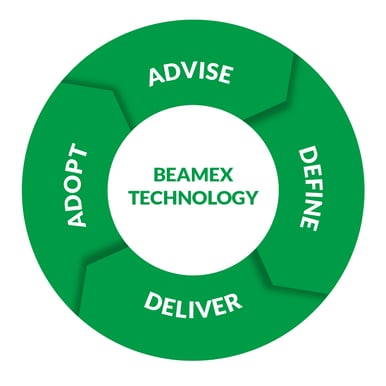
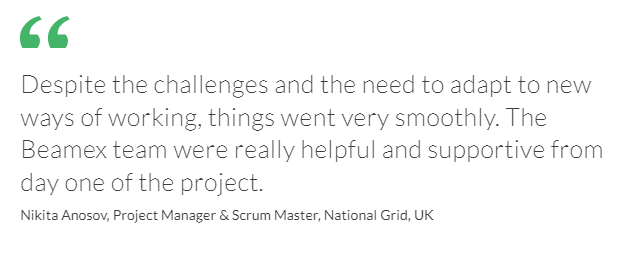
The three areas of Beamex Calibration Solutions Group
Expert services focus on understanding the customer’s problem and advising them on the best way to overcome their current challenges. The next step is working with the customer to define what their new calibration solution will look like and how to map their processes to the Beamex solution before delivering it. Delivery includes introducing the solution and performing instrument data migration. This step can be provided as a service, or the customer can perform it by themselves. A full-scale solution with integration, validation, and SOP creation services is typically required by larger customers.
Training services are available to train the customer’s technicians and engineers on how to use their tailored Beamex calibration solution and how to get the best from it throughout its lifetime. These can be delivered both remotely and on site, and are always tailored according to the solution in question.
Support services are there to make sure the customer is never on their own, with a Beamex advisor always on the end of the phone or available via email to provide helpdesk-type support. When a customer first starts using their Beamex solution, they have the extra peace of mind provided by a ‘hypercare’ period. This elevated level of support is crucial to help them get comfortable with the new solution.
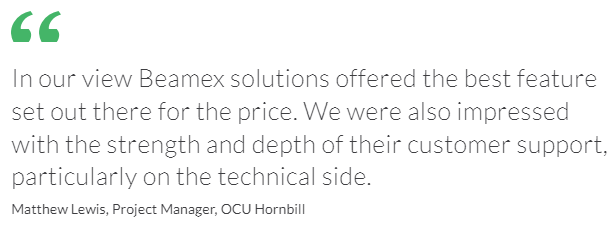
Learn more about our expert, training and support services by talking to a Beamex calibration expert
Beamex case stories
Many companies have found a better way with Beamex – read their success stories:
- OCU Hornbill, United Kingdom - Traceability, efficiency, and a sharp competitive edge
- HIF Global, Chile - Making eFuels and decarbonisation a reality
- National Grid, United Kingdom - Powering up UK gas transmission asset reliability and efficiency
- Northvolt Ett, Sweden - Closing the loop on batteries with recycling plant
Find all case stories here.
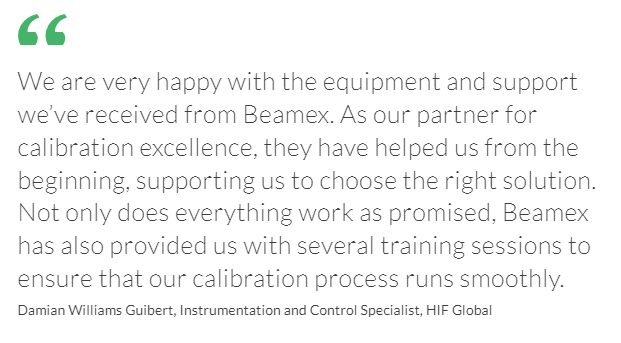
Beamex - Your partner for calibration excellence


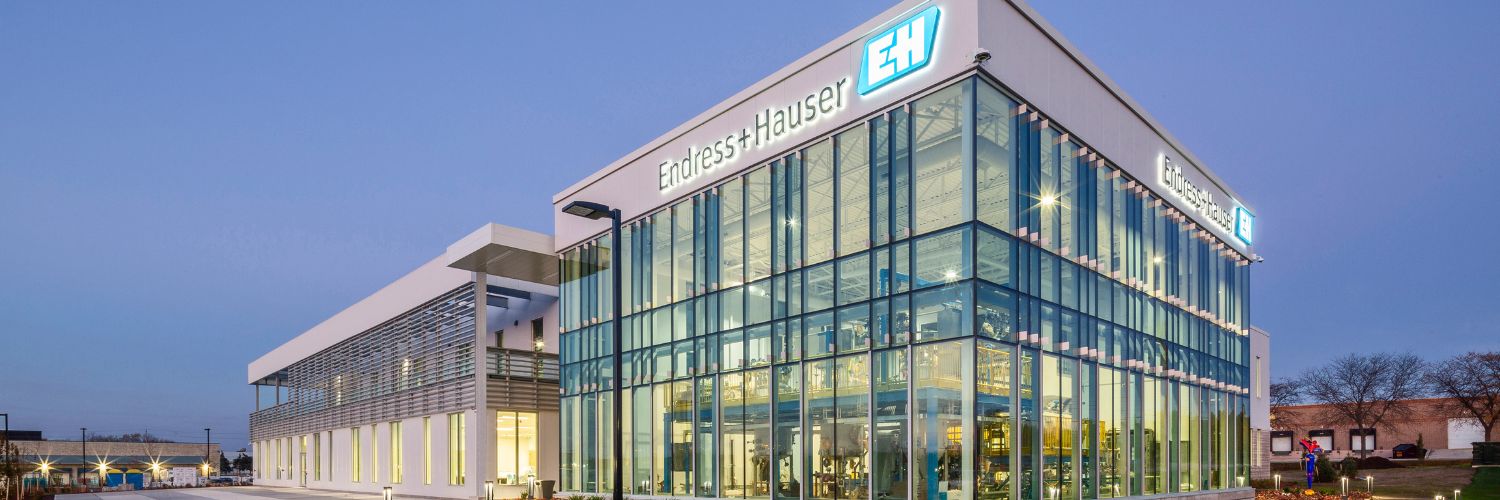

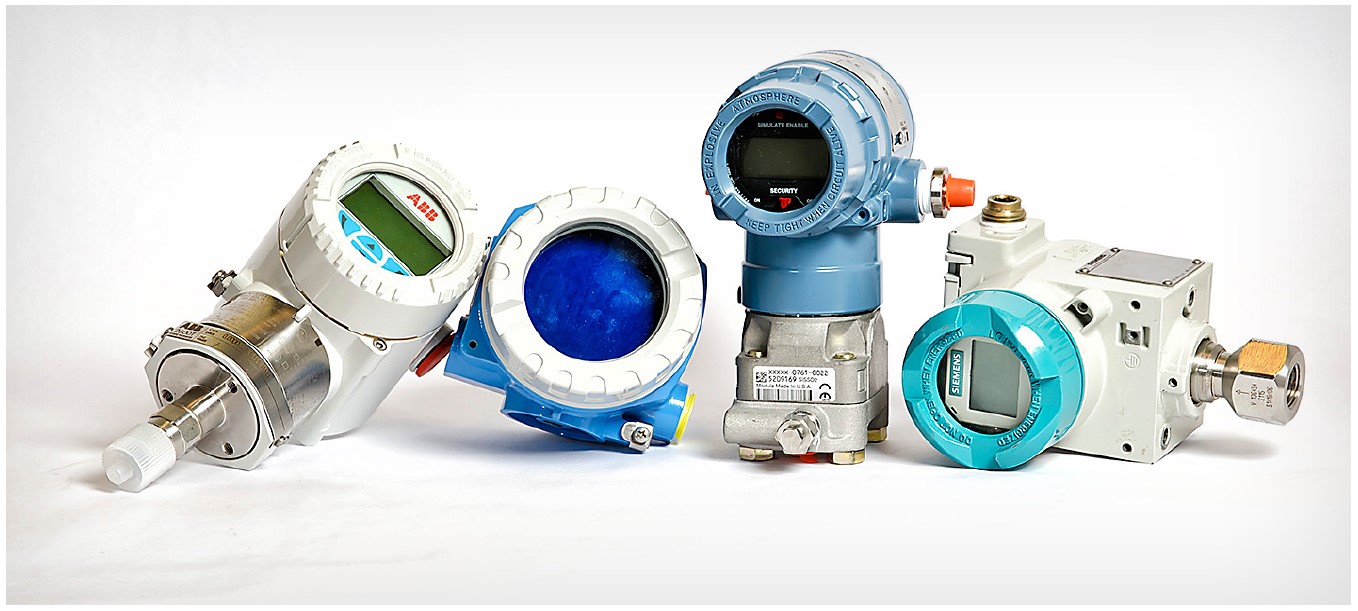
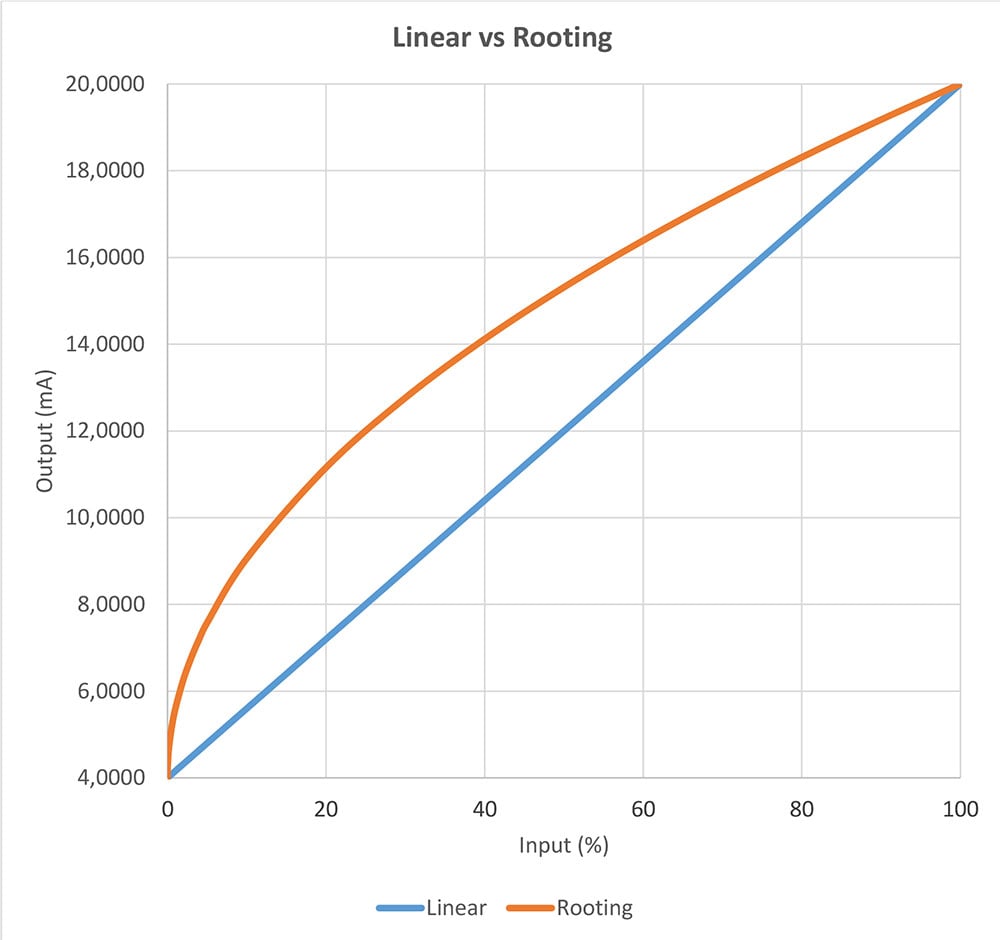


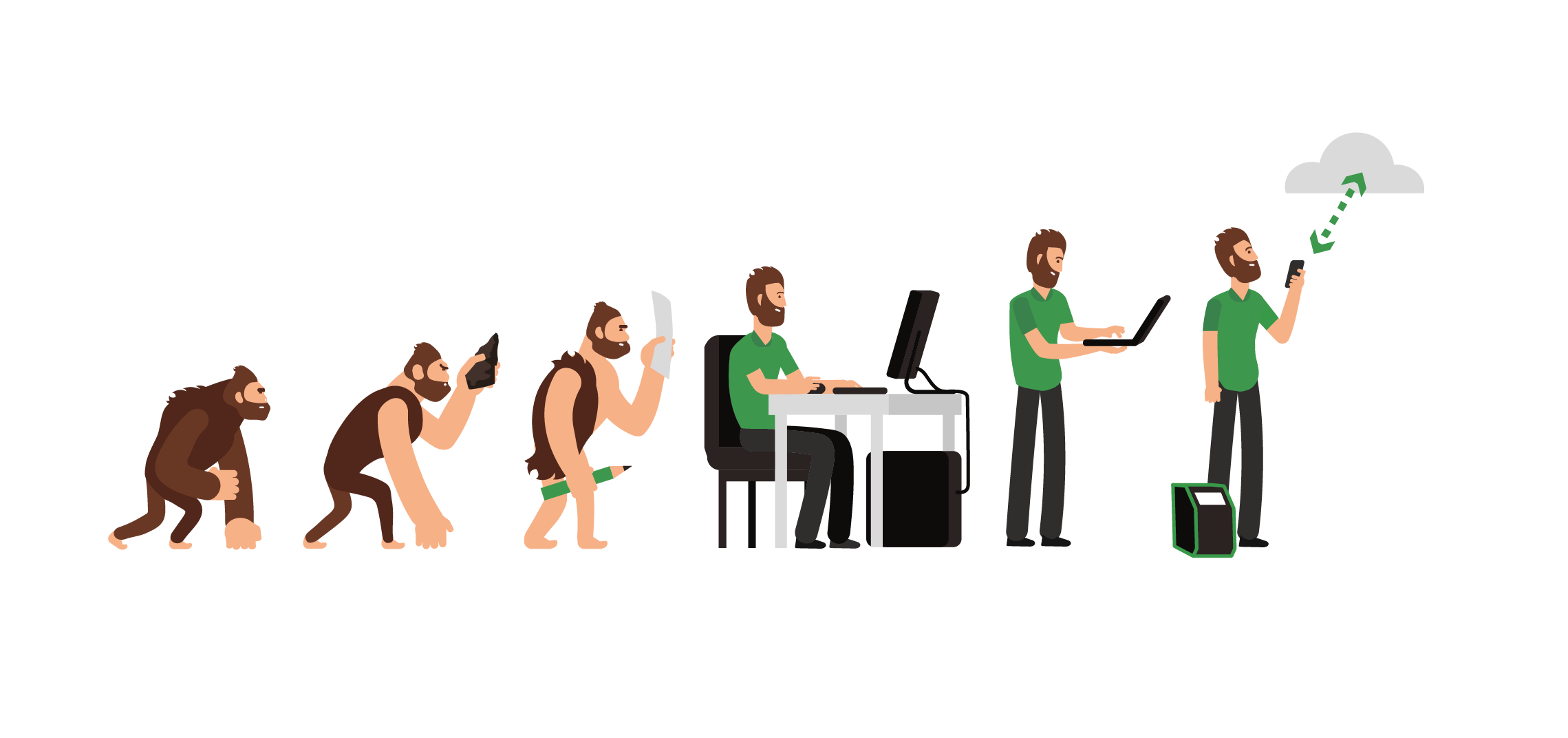

.png)










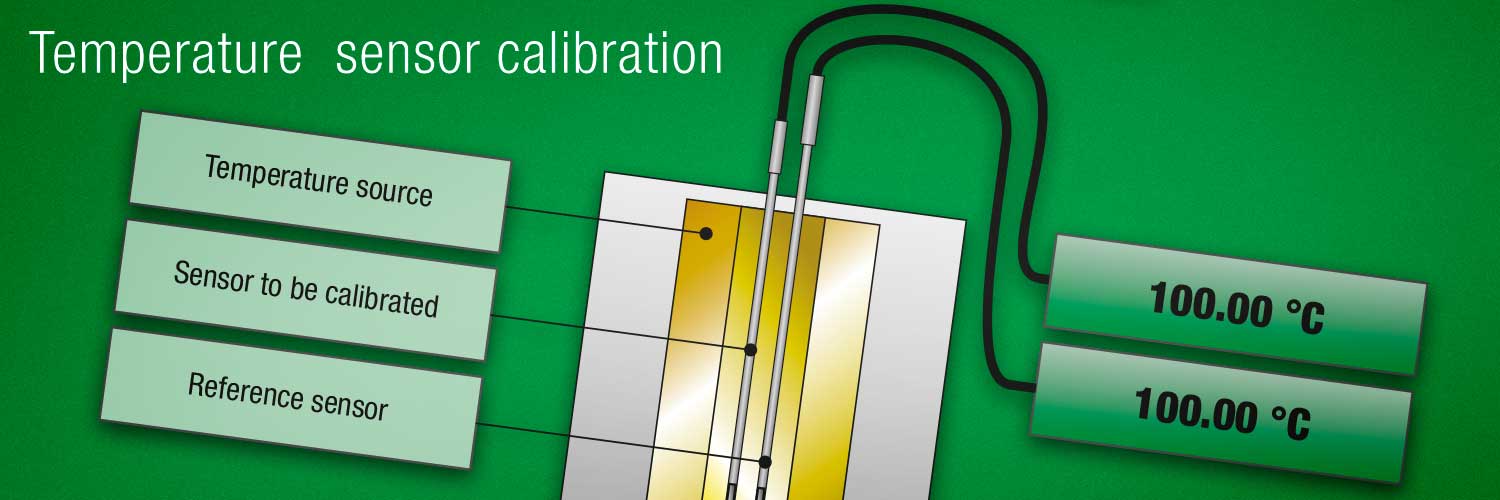


.jpg)






.png)
.png)
Discussion